Utilization of Sensors to Optimize Quality
A major regional flower grower “Flowers by Bauers” with many years of experience in growing snapdragons in a hydroponic perlite process, has radically changed both their method of growing flowers and the perlite grade of choice. Their original technique was initially reported to the Perlite Institute in 2010, but increased demand for snapdragons required updating their methods.
The following table compares the two techniques.
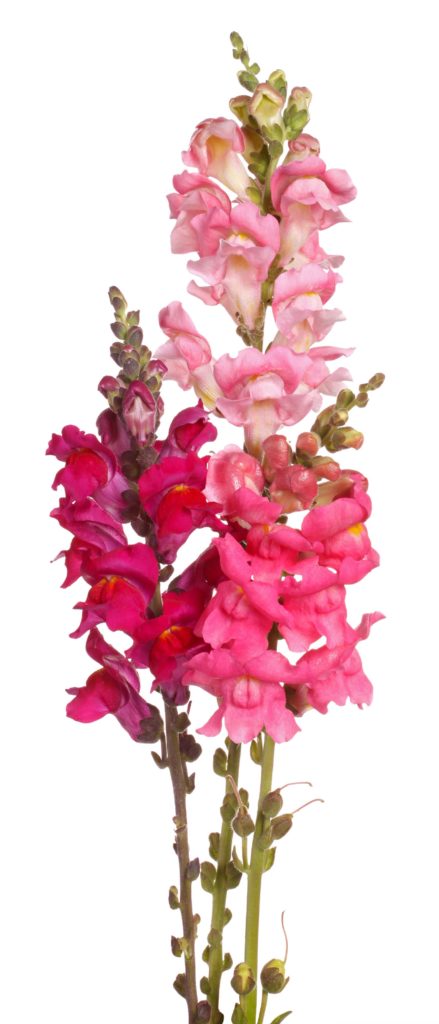
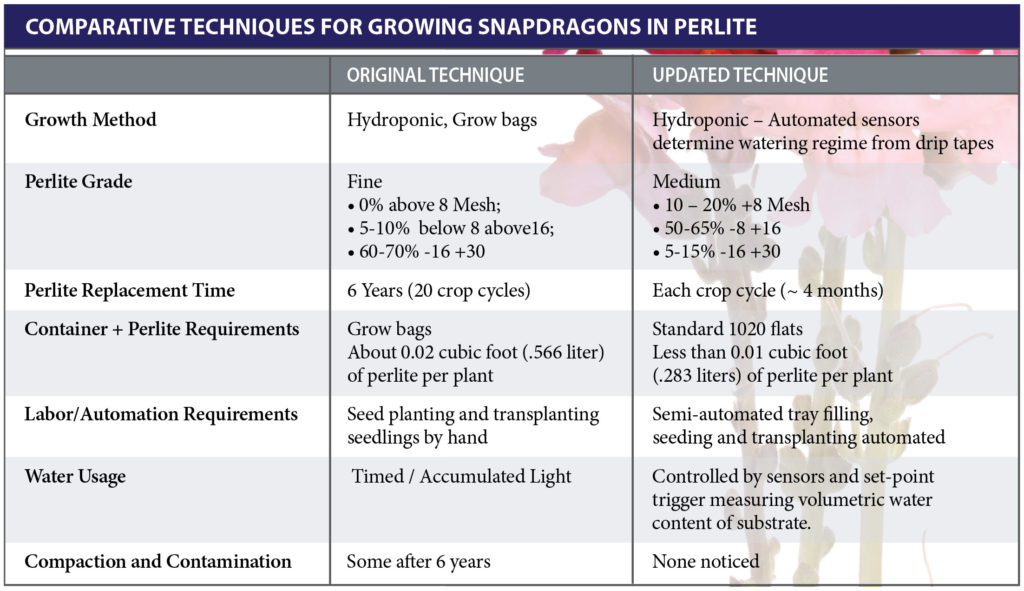
An important point to take away from the technique comparisons is that the smaller the volume of perlite per plant, the more important it is to get the water content of the root zone correct. The goal of at least 92% top quality blooms was achieved with perlite using this updated growing system, as opposed to less than 70% with the original technique.
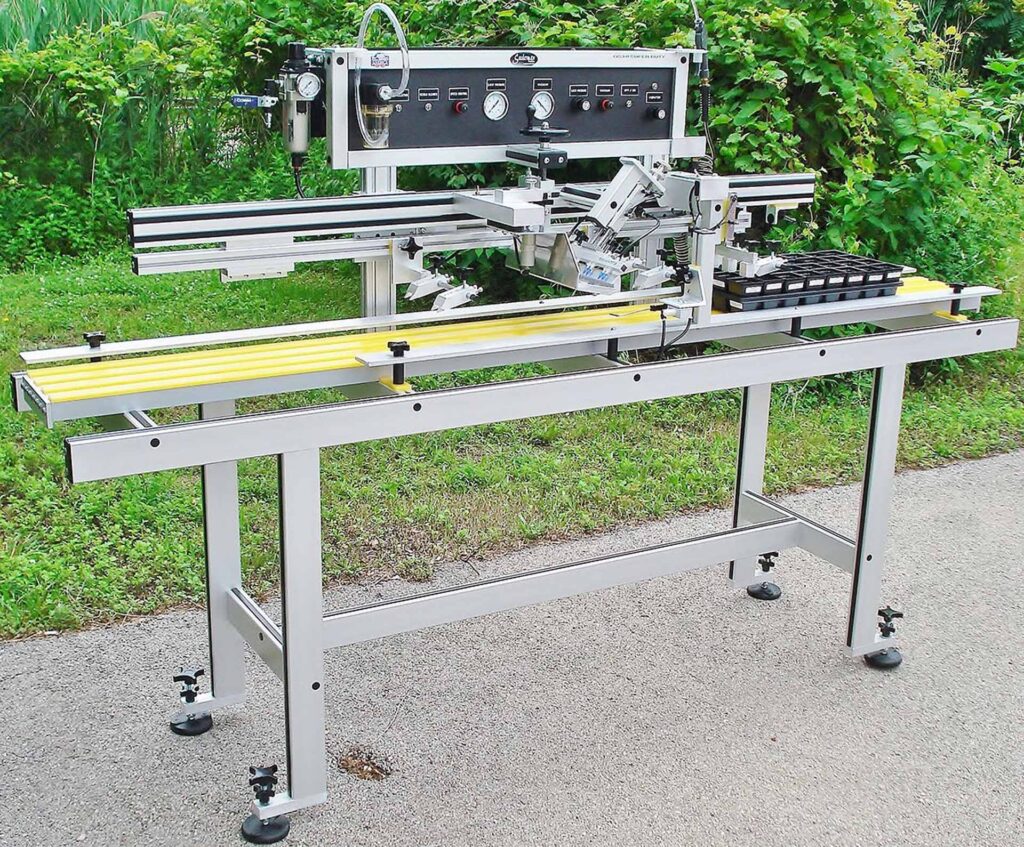
Using standard trays makes way for automation, as with this Seederman GS3-HD Needle Seeder. 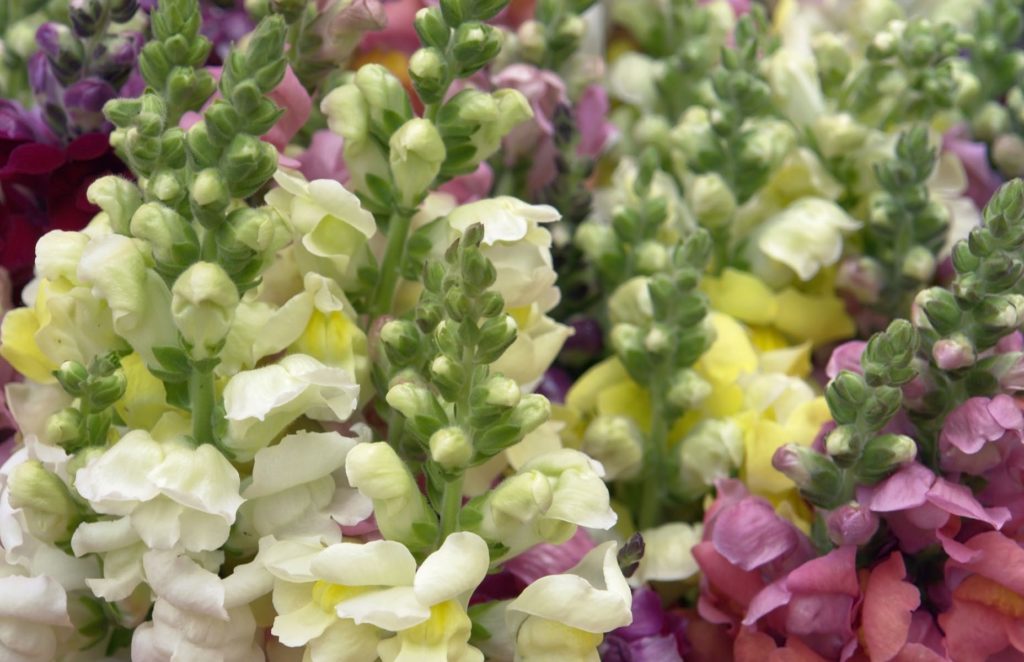
ANTIRRHINUM, commonly known as snapdragons or dragon flowers. 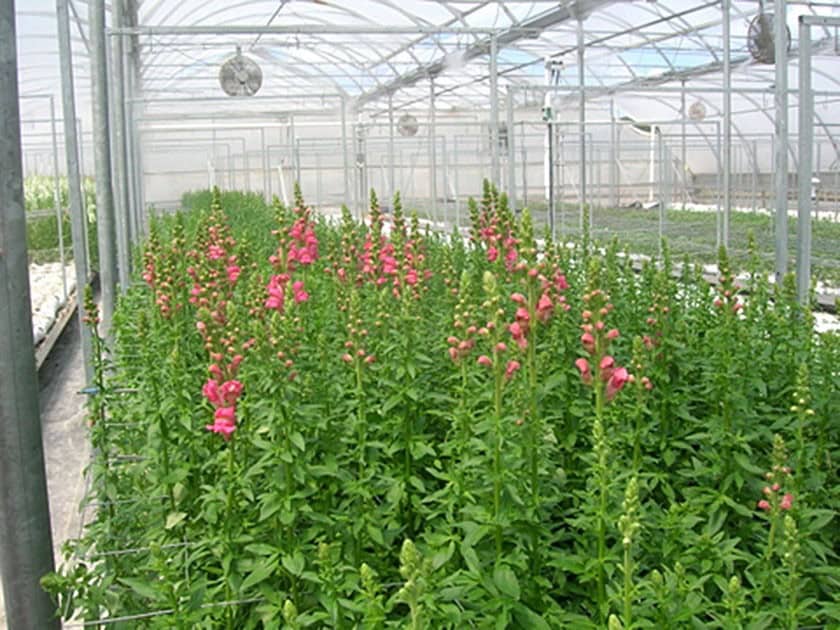
Other benefits of a low volume perlite system include inexpensive standard-sized flats, greater efficiency in growing procedures, and low pest pressures with each crop.
Even with perlite, it is important to choose a size that works well with the sensors used. The ‘medium’ grade described in the table is large enough to provide good aeration for the plants yet small enough that the sensors maintain sufficient contact with enough perlite particles to accurately represent the available water content in the tray. This choice of perlite grade provides an adequate reservoir for nutrients and water.
Flowers by Bauers began collaborating with the Smart Farms’ (www.smart-farms.net) research team in 2008 assisting in their research study of precision irrigation and nutrient management for nurseries, greenhouses and green roof systems using wireless sensor networks.
Smart Farms’ academic and industrial partners include Colorado State University, the University of Maryland, the University of Georgia, Cornell University, Carnegie-Mellon Robotics Institute, Decagon Devices, and Antir Software.
To download a .pdf of the Snapdragon Production in Perlite brochure, click here.
If you have technical questions on this topic, please email the technical contacts listed on our contact page.
